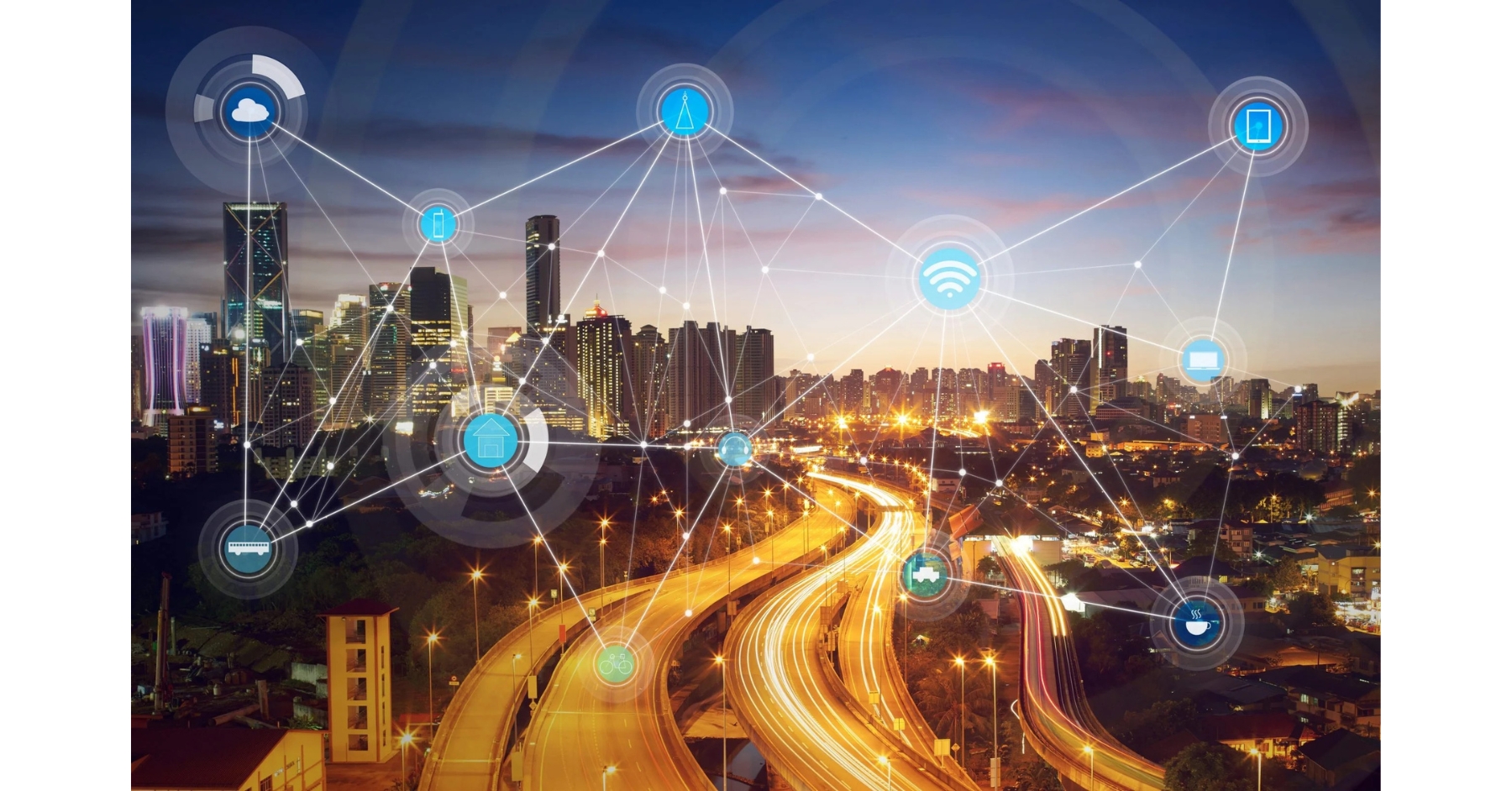Cities have always consumed a massive amount of energy and are responsible for a huge proportion of the world’s carbon emissions — 75%, to be precise!
As such, councils and local authorities are now forced to think smarter to tackle this issue, quashing high energy consumption and its associated costs, as the cost-of-living and climate crises wage on.
We’re all well aware of the cost-of-living crisis, so we’ll keep this short. As with everything else around us, the cost of lighting towns and cities has also shot up.
But even if money were no object, there’s also climate change to think about. Although we can all make small changes to our habits to use less (and, ultimately, waste less) at home, simply ‘turning off the lights’ isn’t an option when it comes to street lighting.
So, there’s a drive to swap the lighting to cost-effective LEDs. But some thought is required before doing so. For instance, you might swap your 70 W sodium lamp with a 20 W LED luminaire based on a matrix approach. But how do you know the 70 W light was right in the first place, or that the composition of the task you’re lighting hasn’t changed?
Tackling these problems with a good lighting design can save on average 10% more energy consumption than a matrix solution, as well as improve the capabilities of your lighting installation. Then we can really take the next step, developing truly sustainable, cost-effective lighting solutions through smart lighting controls that allow us to put the right lights in the right place at the right time. These solutions are at the core of today’s most innovative smart cities!
WHAT MAKES A SMART CITY?
Smart cities run on the best of the best — including high-tech waterways, public transport systems and, of course, advanced lighting solutions — helping to reduce energy consumption and improve the quality of life for communities.
One of many fine examples of modern smart cities is the university town of Umeå in northern Sweden. The ‘Station of Being’ bus stop boasts a smart roof and coloured lights inside rotating wooden pods, which help users feel safe whilst waiting for buses. The lights stop the lack of daylight in winter preventing local students from taking public transport.
Closer to home, authorities in Glasgow have put motion sensors in streetlights to detect passers-by and turn the lights on precisely when it’s needed — reducing the city’s energy consumption without impacting footfall.
Excellent lighting design is at the core of every smart city and should balance cost-effectiveness and sustainability with convenience and safety to be a truly worthwhile investment.
Thankfully, smart technology is all about working better with what’s already there. The lighting industry isn’t short of innovative solutions, but contrary to what you may think, they don’t require the cost and effort of replacing an entire city’s streetlights.
LEDs
When thinking of smart, sustainable lighting solutions, LEDs are the first that come to mind. These low-cost components are up to 80% more efficient than traditional lighting solutions and have a very long lifespan, making them a sure-fire way to save money and help the environment.
Sensors
There are heaps of benefits to putting sensors in lights (so many that we couldn’t possibly cover them all in this blog!). We’ve already mentioned motion sensors, but there are also ambient sensors that detect natural light levels, so lights only come on when it’s dark — limiting light pollution, minimising disruption to wildlife and saving energy and money.
Sensors can also be connected to the internet of things (IoT) and collect valuable data for councils and authorities, notifying them of lighting failures and even illustrating peak usage periods for city planning.
Adaptive lighting profiles
We know that turning streetlights off altogether isn’t an option for councils looking to run more sustainable cities. But dimming them certainly is! With adaptive lighting profiles, authorities can decide precisely how bright they’d like their streetlights to be. So, no unnecessary energy consumption or frustrated residents kept awake by excessively bright lights outside their windows.
Adaptive lighting is also useful for implementing circadian lighting, where streetlights mimic the colour and intensity of ambient light throughout the day for a seamless lighting installation that won’t mess with our sleep-wake cycles. We might not be there just yet, but we think this should be a real consideration in the future.
HOW DO YOU TAKE THE NEXT STEP?
There are a few things to consider when implementing the above solutions. To make sure you get the most out of your new smart lighting solutions, you must fully understand the installation context.
First and foremost, you need to know what work must be done to reach your ‘smart’ goals. We don’t expect you to know the ins and outs of lighting design (that’s our job), but it can be helpful to understand whether you need entirely new solutions or if we can work with what you’ve got.
You’ll also need to think about who could be negatively impacted by the new lighting installation. For example, installing multi-coloured LEDs throughout the high street might be a good idea to encourage footfall from youths and late-night pub-goers, but could be met with disapproval from long-term locals.
As one of the UK’s leading exterior lighting and electrical design specialists, our smart consultancy services are ideal for councils and authorities looking to implement high-quality smart lighting solutions. If you fancy a chat about how we can help with your next project, give us a call on +44 (0)1962 855080 or email info@dfl-uk.com!























